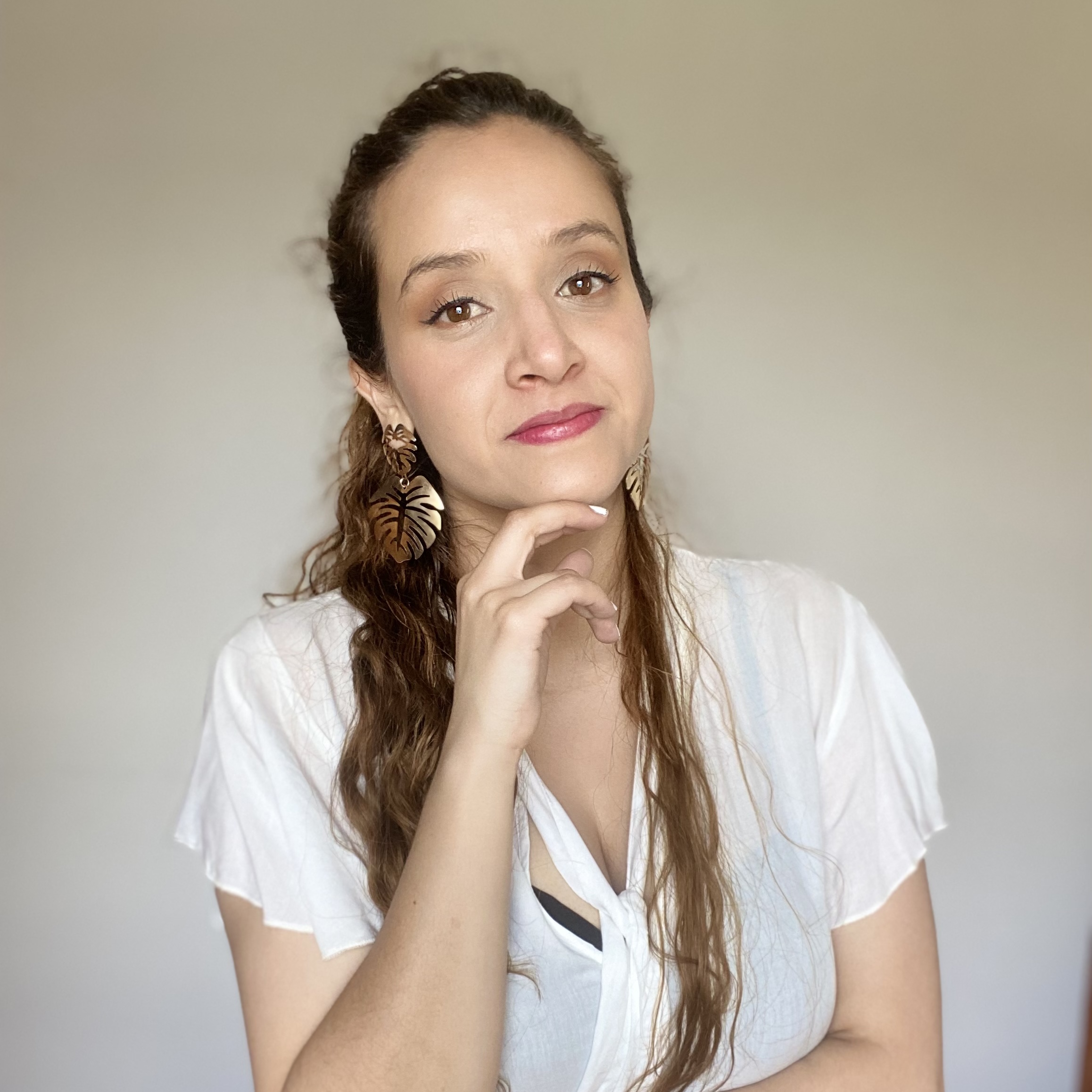How to Ask for Directions in Spanish: Essential Phrases for Travelers
- Angela Blanco
- Oct 10, 2024
- 3 min read

Getting lost in a new city can be stressful, but knowing how to ask for directions in Spanish can make your travel experience smoother and more enjoyable. Whether you're navigating busy streets or trying to find your way to a hidden gem, these key phrases will help you confidently ask for directions in any Spanish-speaking country.
Key Vocabulary: How to Ask for Directions in Spanish
To effectively ask for directions in Spanish, you’ll need to know these essential terms. Let’s take a look at some common places and direction-related words:
La calle – The streetExample: Sigue recto por esta calle. (Go straight on this street.)
La plaza – The squareExample: Gira a la derecha en la plaza. (Turn right at the square.)
El cruce – The intersectionExample: Cruza el cruce. (Cross the intersection.)
La estación de tren – The train stationExample: ¿Cómo llego a la estación de tren? (How do I get to the train station?)
El puente – The bridgeExample: Gira a la izquierda en el puente. (Turn left at the bridge.)
La biblioteca – The libraryExample: La casa está cerca de la biblioteca. (The house is near the library.)
By mastering these simple yet powerful words, you’ll already have a strong foundation for navigating any city!
Common Sentence Structures for Directions
Understanding how to ask for directions in Spanish involves more than just vocabulary—it’s important to know some basic sentence structures too. Let’s break it down with a few key phrases:
¿Cómo llego a…? – How do I get to...?Example: ¿Cómo llego a la plaza? (How do I get to the square?)
Sigue recto por esta calle – Go straight on this streetExample: Sigue recto por esta calle. (Go straight on this street.)
Gira a la derecha en… – Turn right at…Example: Gira a la derecha en la plaza. (Turn right at the square.)
Gira a la izquierda en… – Turn left at…Example: Gira a la izquierda en el puente. (Turn left at the bridge.)
Está cerca – It’s nearExample: La estación está cerca. (The station is near.)
With these structures, you’ll be able to both ask for and understand directions with ease!
Dialogue 1: Asking for Directions to the Train Station
Let’s start with a dialogue where a tourist asks for directions to the train station:
Tourist: Disculpe, ¿cómo llego a la estación de tren?(Excuse me, how do I get to the train station?)
Local: Sigue recto por esta calle. Luego, gira a la derecha en la plaza. La estación está ahí.(Go straight on this street. Then, turn right at the square. The station is there.)
Tourist: Gracias.(Thank you.)
Local: De nada.(You’re welcome.)
Dialogue 2: Giving Instructions to a Taxi Driver
Now, let’s see how someone gives directions to a taxi driver:
Passenger: Buenas tardes, necesito ir a mi casa.(Good afternoon, I need to go to my house.)
Taxi Driver: Claro, ¿cómo llego allí?(Sure, how do I get there?)
Passenger: Sigue recto por esta calle. Luego, gira a la derecha en la plaza. Cruza el puente. Mi casa está ahí.(Go straight on this street. Then, turn right at the square. Cross the bridge. My house is there.)
Taxi Driver: Vale, entendido.(Got it.)
Dialogue 3: Giving Directions to a Friend’s House
Lastly, here’s a conversation where someone gives directions to a friend’s house:
Passenger: Hola, necesito ir a la casa de mi amigo.(Hello, I need to go to my friend’s house.)
Taxi Driver: ¿Cómo llego allí?(How do I get there?)
Passenger: Sigue recto por esta calle. Luego, gira a la izquierda en el cruce. La casa está cerca de la biblioteca.(Go straight on this street. Then, turn left at the intersection. The house is near the library.)
Taxi Driver: Gracias, entendido.(Thank you, got it.)
These dialogues show how simple phrases can help you navigate any situation, whether you're asking for directions or giving them.


Comments